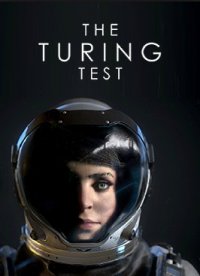

The computer wins if the judge cannot tell which conversant is the human and which is the computer. The point of the game is for the computer to converse in such a human-like way with the judge that the judge cannot tell the second human from the computer (in usual renditions of the Test, the second human also tries to convince the judge that he or she is the human, so the test becomes a contest). In 1950, Alan Turing published "Computing Machinery and Intelligence" where he described a game he called the "imitation game" involving a human judge conversing only in written text with a second human and a language-using computer, each hidden away in separate rooms (3 rooms total).


The Turing test is a test for intelligence in machines.


 0 kommentar(er)
0 kommentar(er)
